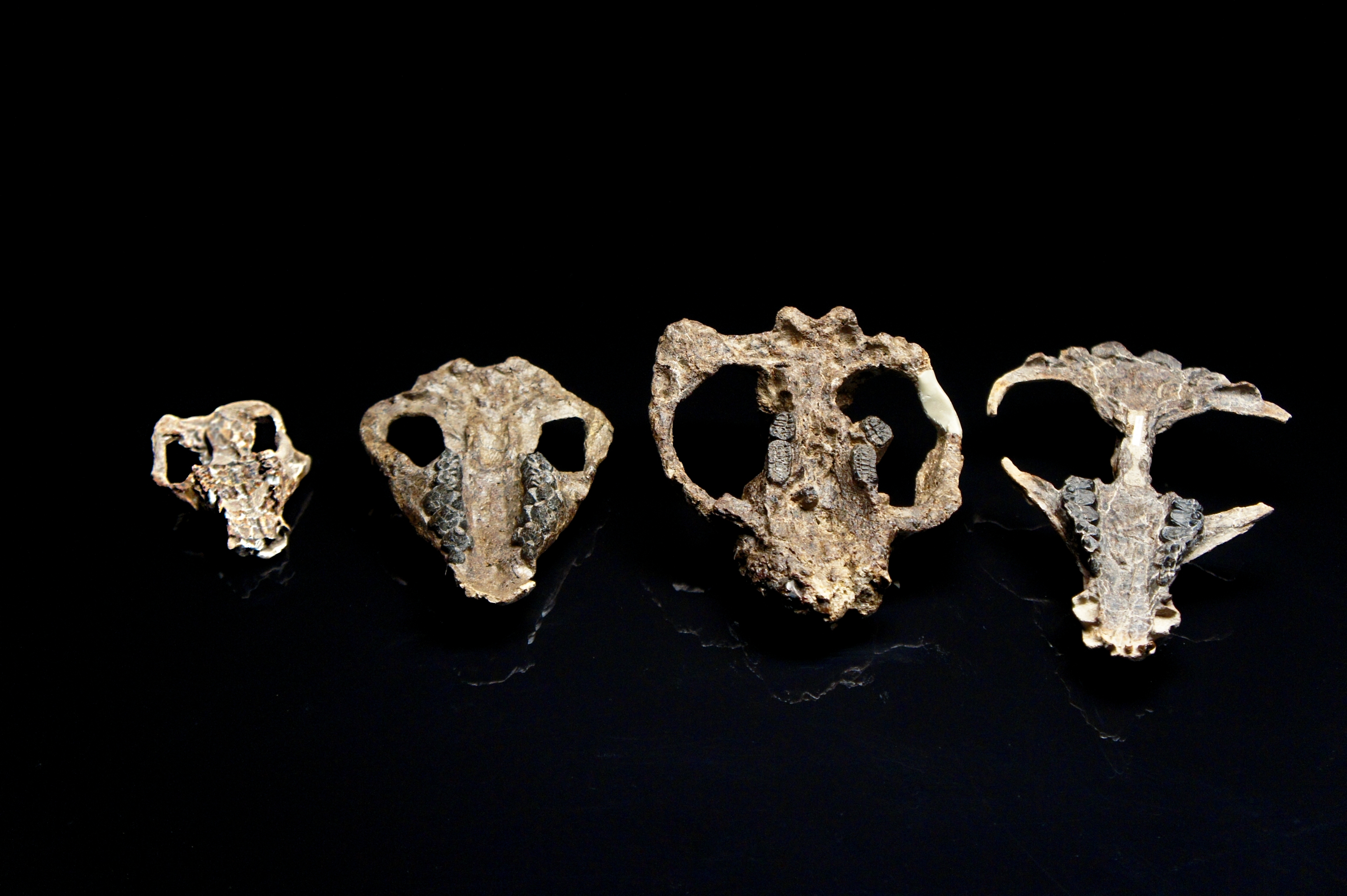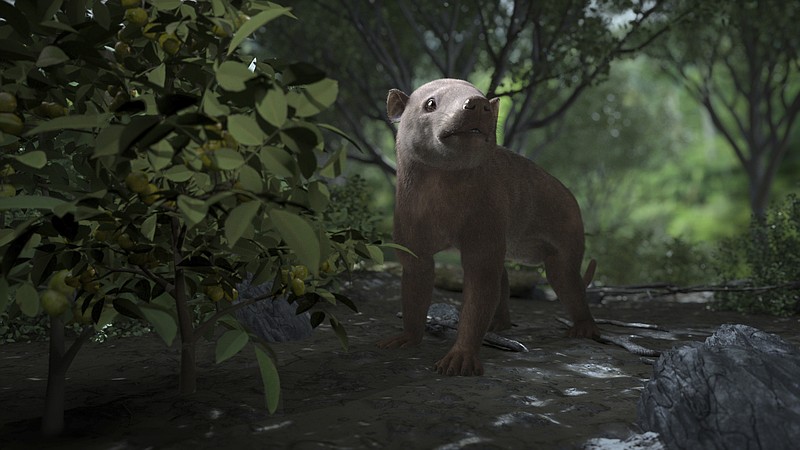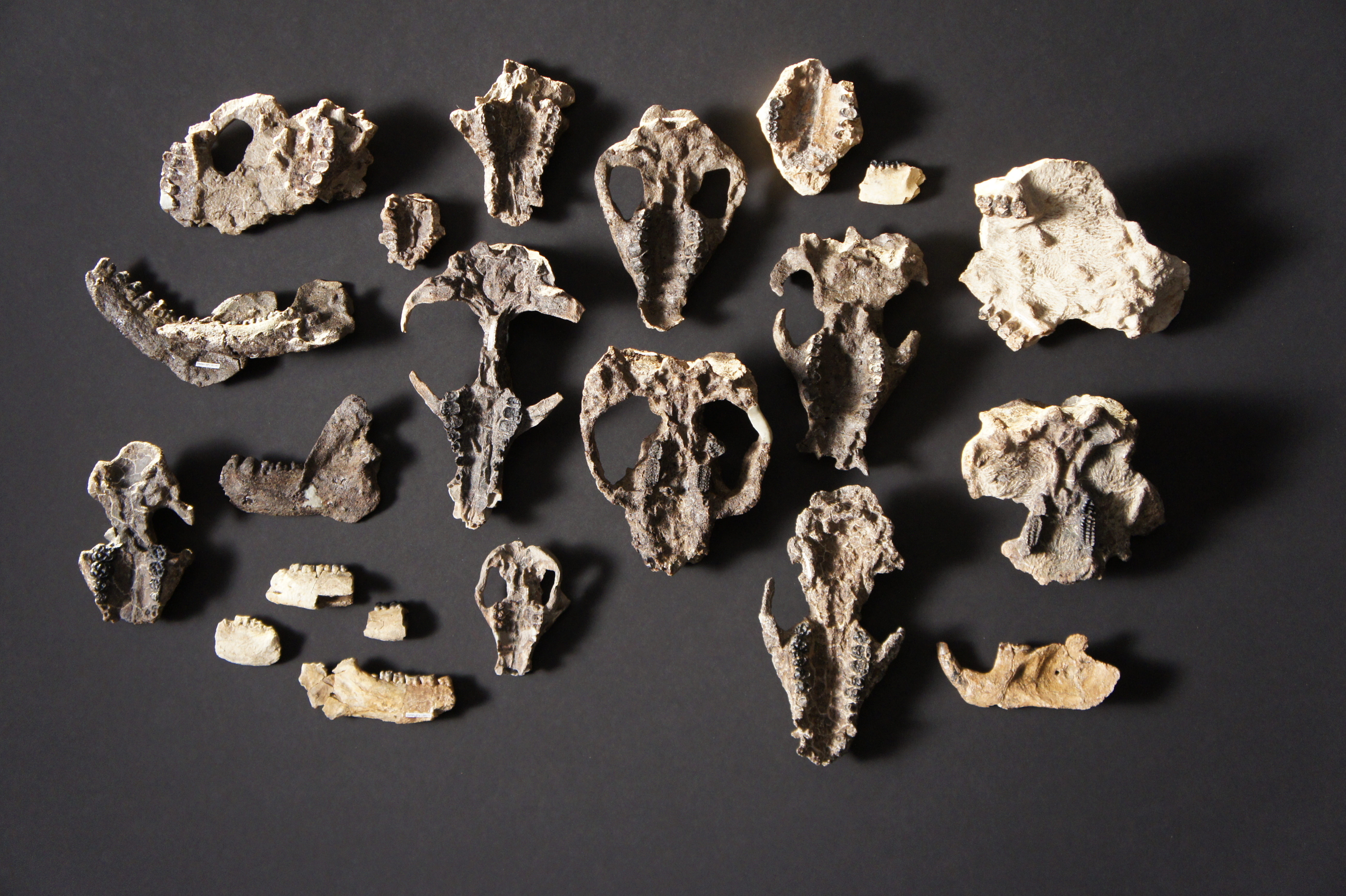NEW YORK - A remarkable trove of fossils from Colorado has revealed details of how mammals grew larger and plants evolved after the cataclysm that killed off the dinosaurs.
The thousands of specimens let scientists trace that history over a span of 1 million years, a mere eyeblink in Earth's lifespan.
Sixty-six million years ago, a large meteorite smashed into what is now the Yucatan Peninsula of southeastern Mexico. It unleashed broiling waves of heat and filled the sky with aerosols that blotted out the sun for months, killing off plants and the animals that depended on them.
More than three-quarters of species on Earth died out.
But life came back, and land mammals began to expand from being small creatures into the wide array of forms we see today - including us.
So the new find taps into "the origin of the modern world," said Tyler Lyson, an author of a paper reporting the fossil finds Thursday in the journal Science.
The fossils were recovered from an area of steep bluffs covering about 10 square miles near Colorado Springs, starting three years ago.
Lyson, of the Denver Museum of Nature and Science, found little in that area when he followed the standard practice of scanning for bits of bone. But that changed when he began looking instead for rocks that can form around bone. When the rocks were broken open, skulls and other fossils within were revealed.
 This photo provided by HHMI Tangled Bank Studios in October 2019 shows a collection of four mammal skulls collected from Corral Bluffs, Colo. From left are Loxolophus, Carsioptychus, Taeniolabis, Eoconodon. A trove of fossils has revealed details of how life rebounded after the cataclysm that killed off the dinosaurs. (HHMI Tangled Bank Studios via AP)
This photo provided by HHMI Tangled Bank Studios in October 2019 shows a collection of four mammal skulls collected from Corral Bluffs, Colo. From left are Loxolophus, Carsioptychus, Taeniolabis, Eoconodon. A trove of fossils has revealed details of how life rebounded after the cataclysm that killed off the dinosaurs. (HHMI Tangled Bank Studios via AP)Lyson said it's not clear how wide a geographic region the fossils' story of recovery applies to, but that he thinks they show what happened over North America.
"We just know so little about this everywhere on the globe," he said. "At least now we have at one spot a fantastic record."
Experts not connected to the study were enthusiastic.
It's "an unparalleled documentary of how life on land recovered" after the asteroid impact, said P. David Polly of Indiana University in Bloomington. "The sheer number of fossil specimens and the quality of their preservation are exceptional" for this time period, he said.
The fossils' story certainly represents what happened in central North America and perhaps more broadly, he wrote in an email.

